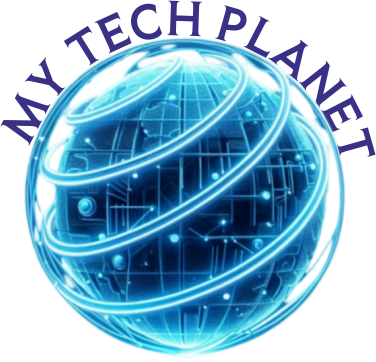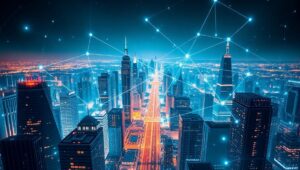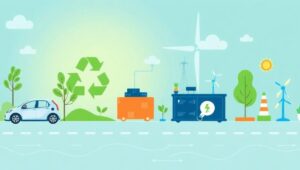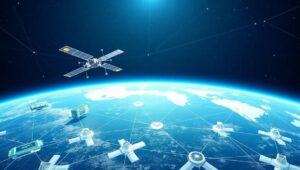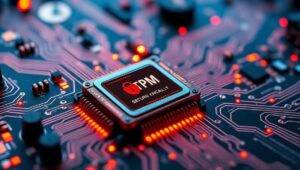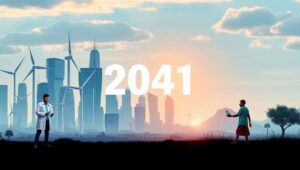May 30, 2025
Continuous Learning in Cybersecurity: Keeping Pace with Threats (2025+)
Continuous Learning in Cybersecurity: Keeping Pace with Threats (2025+) The cybersecurity landscape is in constant flux. New threats emerge daily, attack vectors evolve, and the sophistication of malicious actors continues to increase. To effectively defend against these ever-changing threats, cybersecurity professionals must embrace continuous learning. This post explores the importance of continuous learning in cybersecurity, key areas of focus for 2025 and beyond, and practical strategies for staying ahead of the curve. The Evolving Threat Landscape Several factors contribute to the dynamic nature of cybersecurity threats: Technological Advancements: The rapid adoption of new technologies like AI, cloud computing, and IoT
